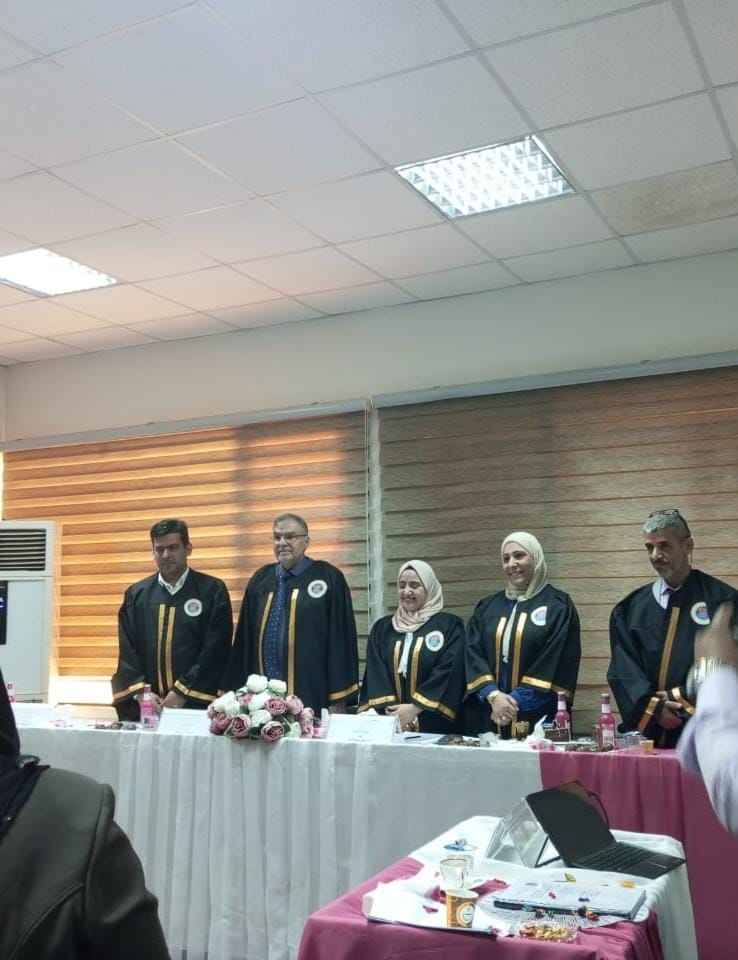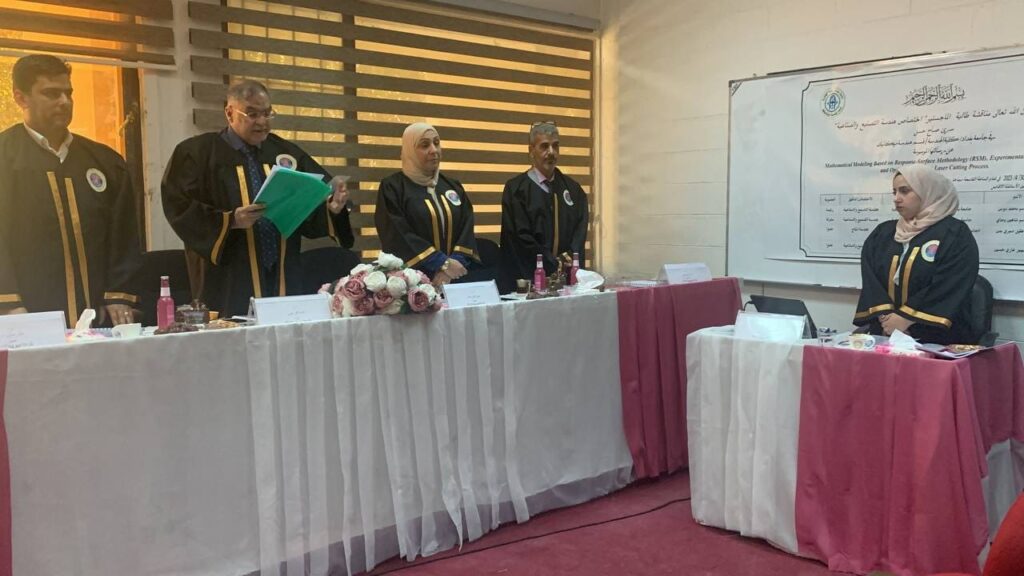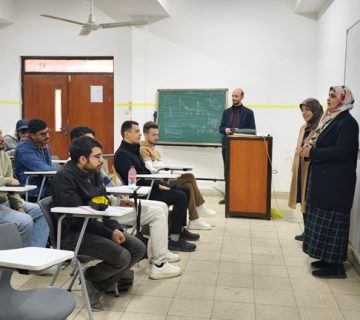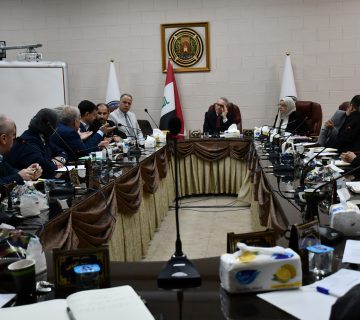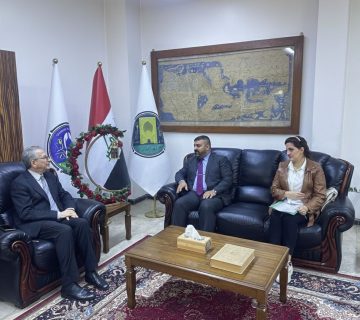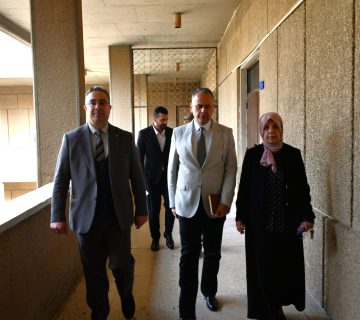It was conducted on Sunday, 30/4/2023, in hall of meetings the discussion of the master’s thesis of the student Sura Sabah Hassan, which is tagged:
“Mathematical Modeling Based on Response Surface Methodology (RSM), Experimental Investigation and Optimization of the Laser Cutting Process”.
The discussion committee consisted of names listed below:
Prof. Dr. Prof. Dr. Qasim M. Doos – University of Baghdad/ College of Engineering/ Department of Mechanical Engineering – Chairman.
Asst. Prof. Dr. Aqeel Sabree badun – University of Technology/ Production Engineering & Metallugry Department– Member.
Asst. Prof. Dr. Suhair. G. Hussein – University of Baghdad/ College of Engineering/ Department of Mechanical Engineering – Member.
Asst. Prof. Dr. Bassim Sheen bachy – University of Baghdad/ College of Engineering/ Department of Mechanical Engineering – Supervisor.
The thesis was summarized as follows:
The laser cutting process is the most widely applied machining process, which can be used for practically all metallic and non-metallic and have high quality, little pollution, accuracy, and flexibility. The geometry and dimension criteria of the groove for the micro-cutting processes play a significant role in determining the quality and performance of many industrial applications. In This thesis explored a 2-mm-thick fiber-glass reinforced polymer (GFRP) material of (PEEK) due to its low weight ratio, high strength also is hard to work with it and used in several advantages applications, especially in the automotive industry that is based on molded interconnection devices using with a nano-fiber laser to understand the interacting factors and their influence. The DoE and Response-Surface Technique (RSM-CCD) is utilized in this work to develop the statistical model using this methodology. The impact of the main 4 factors like the laser speed, laser power, frequency, and number of passes on the cutting characteristics and geometrical attributes was experimentally studied. To examined the impact of the extremes in the input variables. According to this study, mathematical modelling revealed that the effect of laser speed and frequency at high level of passes and power was no strong enough. On other hand at low number of passes it becomes more apparent at kerf characteristics included depth and top width. While the taper angle shown decreased with laser power at high passes. The depth of GFRP material improve and reach to 2000o at 25w,20mm/s,55 kHz and 7 passes. the minimum width was 305.56μm at 25 W, 40 mm/s, 55kHz, and 3 passes and the minimum angle is 2.8906o at 40W, 30mm/s, 60kHz, and 5passes, Good agreement is shown between the projected data and the experimental data. and the maximums absolute percentage errors were 4.136%, 8.698%,15.269% for top model, depth and angle respectively, while the overall absolute percentage errors were 4.063 % for depth, 1.287% for top width, and 4.836 % for taper angle. Because of its high level of precision, the (RSM-CCD) model is a useful method for modeling, analysis, and optimization. The optimum determines that the best parameters 23 mm/sec, 33 W, 60kHz, and 5 passes for 2.712 o, 359.27 µm of top width and a full cut of 2000𝜇m.
After scientific discussions by the discussion committee members on the contents of the thesis in-depth and expressing their observations, directives, and defense by the student, the thesis was accepted and the student was awarded the M.SC in mechanical engineering sciences with a grade of very good.
On this occasion, we thank the student Sura Sabah Hassan for his outstanding efforts throughout the study period, wishing him continued success. We also thank the supervisor and members of the discussion committee for their diligent and distinguished effort, in a manner appropriate to presenting the thesis in the best way and in accordance with the scientific level presented.


